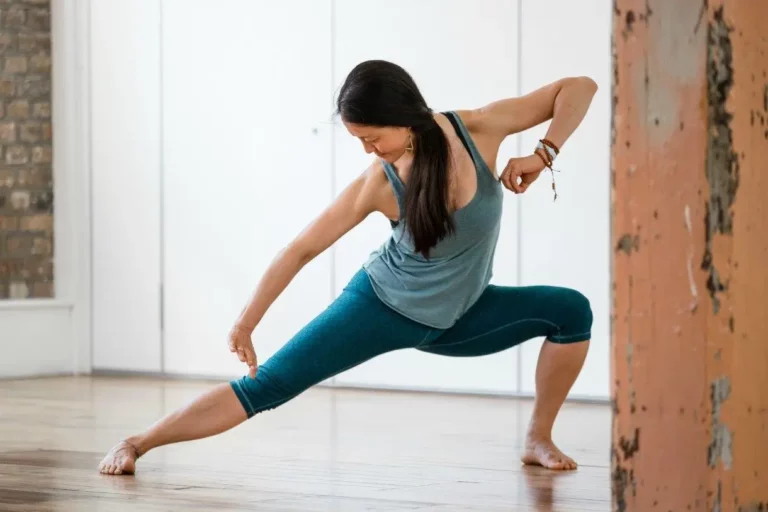This week on our blog, we dive into the world of physical movement and explore various techniques that enhance flexibility, mobility, and overall body functionality. We’ll delve into the concept of Functional Range Conditioning (FRC) and shed light on its incredible benefits for optimising movement potential. Whether you’re a seasoned yoga practitioner or someone seeking to improve your physical capabilities, FRC can be a game-changer.
Understanding Functional Range Conditioning (FRC)
Functional Range Conditioning, developed by Dr. Andreo Spina, is a system that focuses on optimising mobility, joint health, and overall body control. It combines scientific research, anatomy, and physiological principles to enhance the range of motion and strength within your joints.
Unlike traditional flexibility training that primarily aims for passive stretching, FRC adopts a proactive approach. It prioritises active control and neurological adaptation, allowing you to expand your body’s capabilities within safe and controlled parameters. By training your body to move more effectively, FRC helps bridge the gap between flexibility and strength, creating a foundation for improved performance in various physical activities.

The Three Key Elements of FRC
Mobility Training: FRC employs specific mobility exercises that target individual joints, working towards increasing the active range of motion. These exercises focus on both the end ranges and the control within those ranges, improving joint health and resilience.
Controlled Articular Rotations (CARs): CARs are a cornerstone of FRC and involve actively moving a joint through its full range of motion while emphasising control, stability, and strength. These movements stimulate the joint capsule and surrounding tissues, promoting better lubrication and nutrient exchange, resulting in improved joint health.
Progressive Angular Isometric Loading (PAILs) and Regressive Angular Isometric Loading (RAILs): PAILs and RAILs are techniques used to strengthen the muscles and connective tissues in specific ranges of motion. PAILs involve attempting to produce further motion, while RAILs involve resisting motion. This combination helps to expand the functional range of a joint and develop strength at various angles.
Benefits of Functional Range Conditioning
Increased Range of Motion: FRC targets the specific limitations within your joints, gradually increasing your active range of motion. By expanding your flexibility in a controlled manner, you can move more freely, perform complex movements with ease, and reduce the risk of injury.
Joint Health and Resilience: FRC places great emphasis on joint health by mobilizing the joint capsules, enhancing synovial fluid production, and improving the strength and integrity of surrounding tissues. This leads to reduced joint stiffness, improved joint nutrition, and increased joint longevity.
Enhanced Body Control and Kinesthetic Awareness: FRC improves your ability to control and move your body effectively. The system promotes neurological adaptation, teaching your body to recruit the right muscles at the right time, improving overall movement quality and coordination.
Injury Prevention: By addressing joint limitations, strengthening the surrounding tissues, and improving body control, FRC significantly reduces the risk of injuries during physical activities. It provides a solid foundation for various sports, yoga practices, and everyday movements.
Performance Optimisation: Whether you’re an athlete, a yogi, or someone looking to improve their physical abilities, FRC can help take your performance to the next level. By expanding your body’s functional range and developing strength at different angles, you’ll have a solid foundation for improved athletic performance and greater potential for skill acquisition.
Functional Range Mobility and Yoga
Functional Range Conditioning (FRC) can be a valuable complement to your yoga practice, enhancing the overall yoga experience. By incorporating FRC principles, you can improve your joint mobility, allowing you to move deeper into postures with greater control and stability. FRC can also assist in preventing yoga-related injuries by building strength and resilience within the joints, providing a solid foundation for more advanced postures and transitions.
Book a class with triyoga teacher Imogen Parry, yoga teacher and FRM expert










